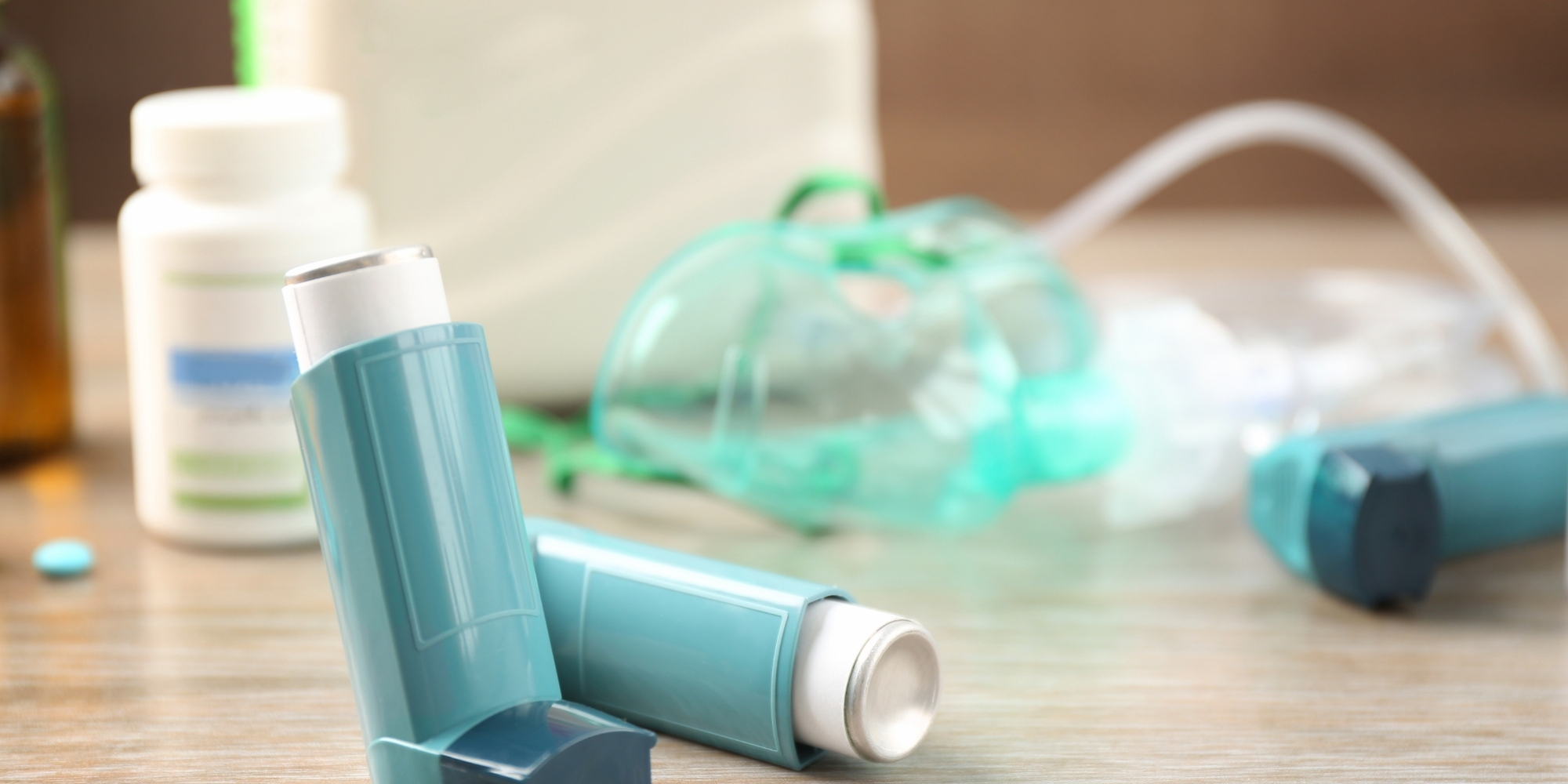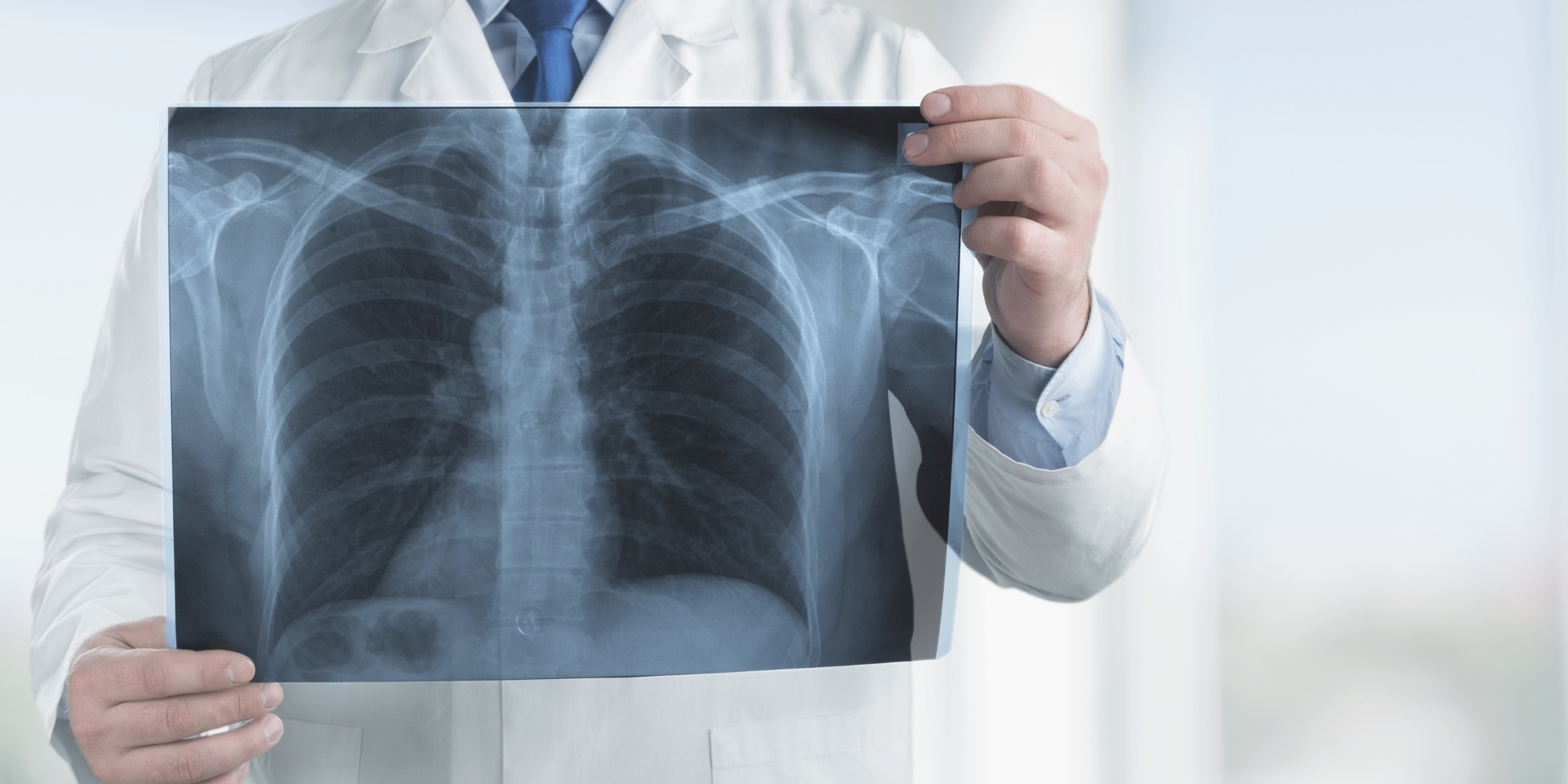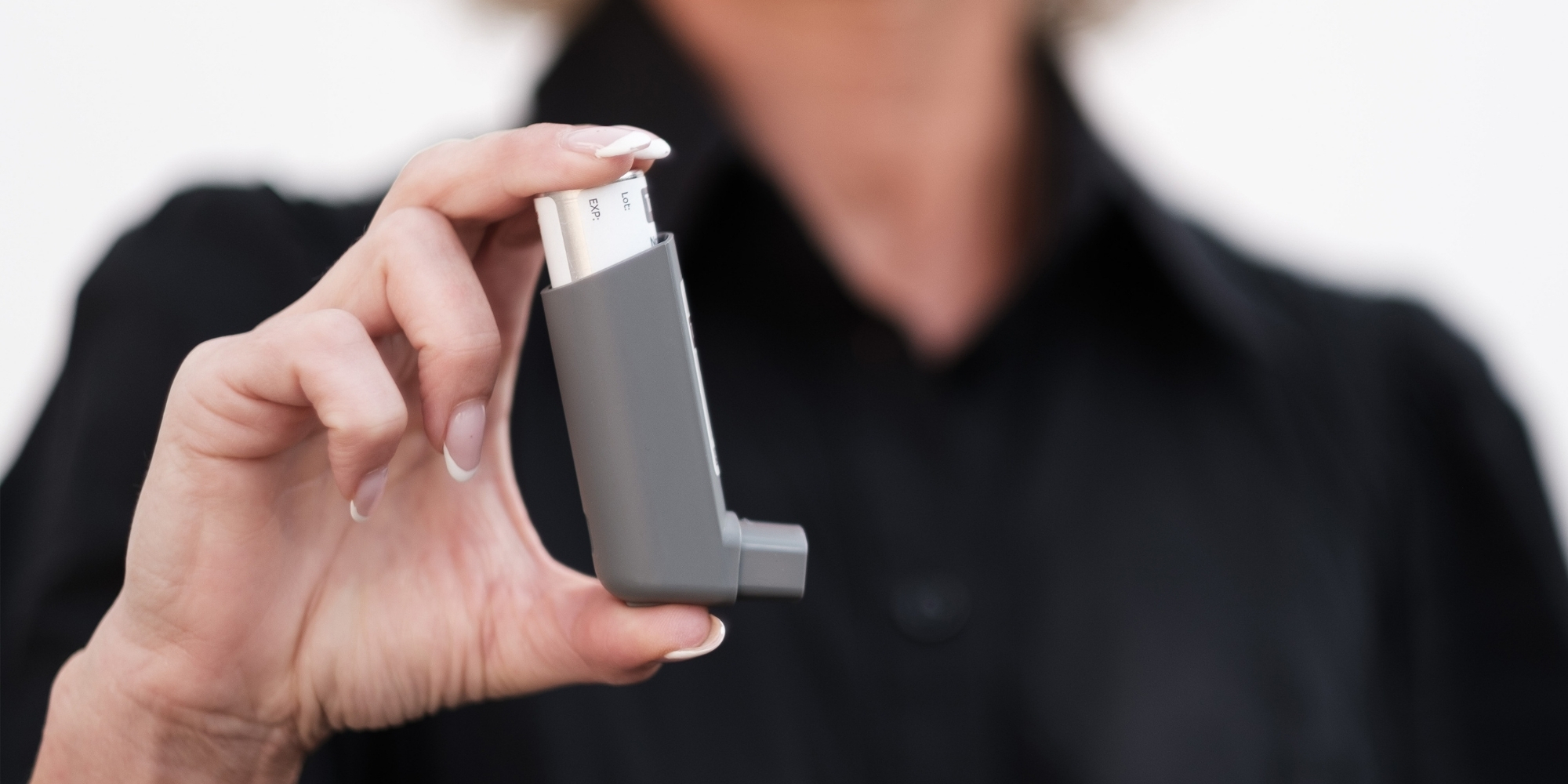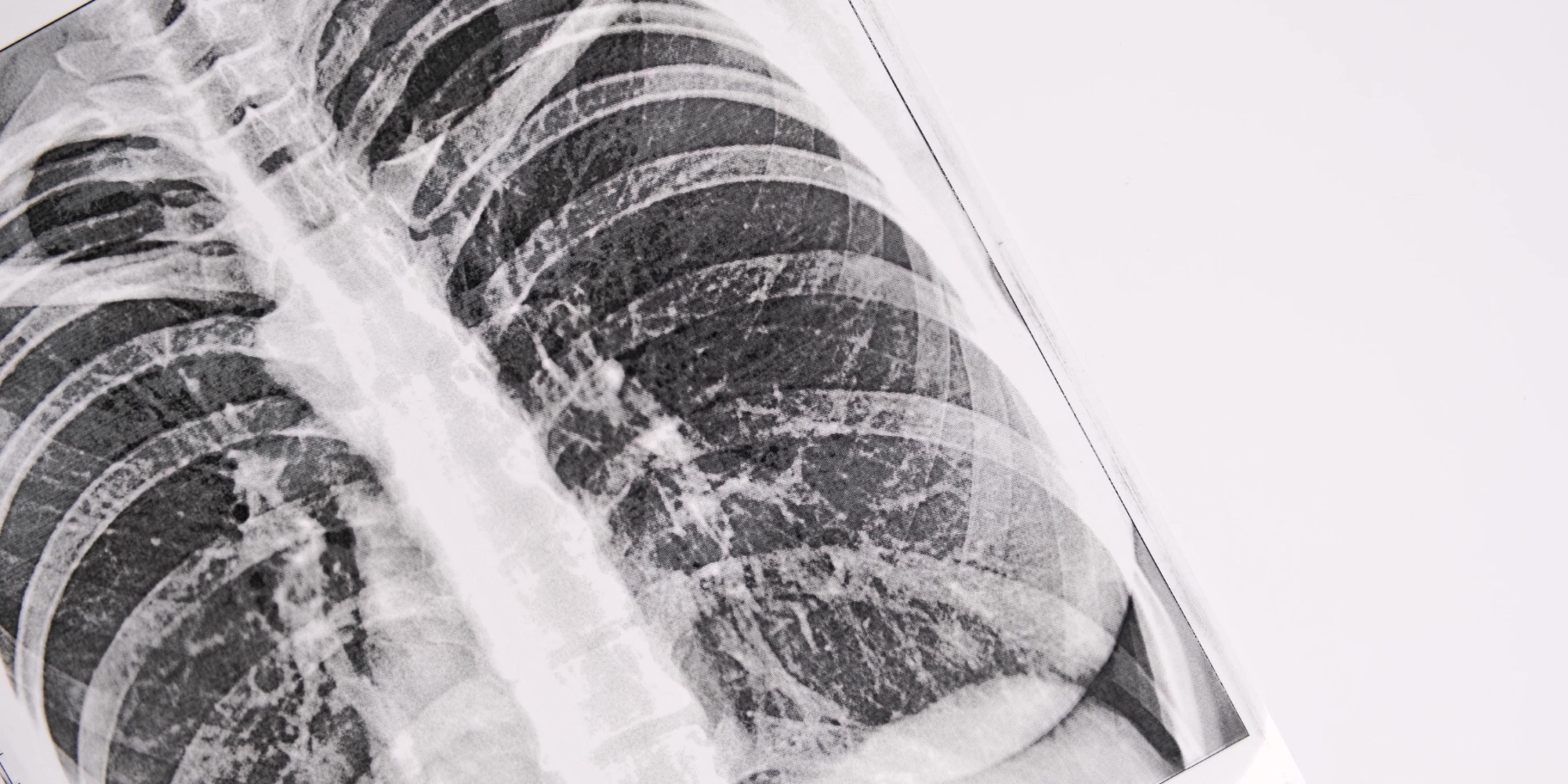Control asthma and live without limits, like the many patients thriving after Liv Hospital care!
Asthma
Expertise
Manage asthma with advanced diagnostics and personalized care at Liv Hospital. Our team uses state-of-the-art methods to improve breathing and quality of life effectively and safely. This section reflects not only treatment, but the knowledge, dedication, and precision behind every patient journey.
Dr. Fabrizio Facchini
Consultant - PulmonologyWith over 15 years of international experience, this pulmonologist specializes in asthma, allergies, and sleep apnea. He is trained in advanced respiratory diagnostics, allergy testing, and comprehensive sleep studies. As a clinical leader, he has directed tertiary respiratory clinics and developed patient-focused care protocols. Skilled in bronchoscopy and multidisciplinary management, he combines precision medicine with compassionate care to improve breathing and sleep quality.
Curious about your respiratory health?
Explore Pulmonology advanced diagnostics, personalized care, and better breathing.






